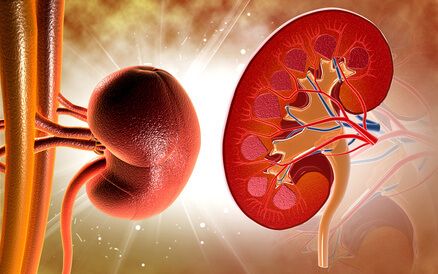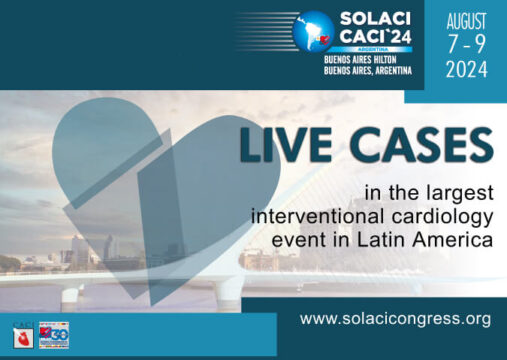Obesity is growing dramatically around the world, regardless of income. For instance, 53% of US adults are obese, and 53% of people in the EU are overweight.

The actual impact of elevated body mass index (BMI) in antiaggregation safety and efficacy, being it DAPT or SAPT, has not yet been properly looked at.
This is a sub-analysis of the TWILIGHT (Ticagrelor with Aspirin or Alone in High-Risk Patients after Coronary Intervention), where high risk patients were randomized to 3-month DAPT followed by ticagrelor vs. ASA plus ticagrelor for 12 months.
It included 7038 patients, 1807 presenting normal BMI (NW) (25.7%), 2927 overweight (OW) (41.6%) and 2304 obese (OB) (32.7%).
Primary end point was BARC bleeding 2-3 or 5 at 12 months.
Mean age was 64. Overweight patients tended to be younger, and more often had risk factors such as hypertension, diabetes, dyslipidemia, kidney function deterioration and prior revascularization, both PCI and CABG.
Read also: The New Sirolimus Eluting Balloons Are Also Effective.
They more often presented acute coronary syndrome. However, OB patients presented higher rate of chronic angina.
The transracial approach was the most often used in OB patients; they also received fewer complex PCIs.
Primary end point resulted in favor of monotherapy vs. DAPT, regardless BMI (NW HR: 0.48 [95% CI: 0.32-0.73], OW HR: 0.57 [95% CI: 0.41-0.78] and OB HR: 0.63 [95% CI: 0.44-0.91]).
Read also: Use of OCT FFR on ACS Clinical Outcomes.
There were no differences at 12 months as regards ticagrelor monotherapy or DAPT when it came to all-cause mortality, cardiovascular mortality, MI, stroke, or definite and probable thrombosis.
Conclusion
In high risk patients undergoing coronary PCI, both ticagrelor monotherapy and ticagrelor + aspirin reduced bleeding events with no increase in ischemic risk across the different BMI categories.

Dr. Carlos Fava.
Member of the Editorial Board of SOLACI.org.
Original Title: Bleeding and Ischemic Outcomes With Ticagrelor Monotherapy According to Body Mass Index.
Reference: Vijay Kunadian, et al. J Am Coll Cardiol Intv 2022;15:1948–1960.
Subscribe to our weekly newsletter
Get the latest scientific articles on interventional cardiology





